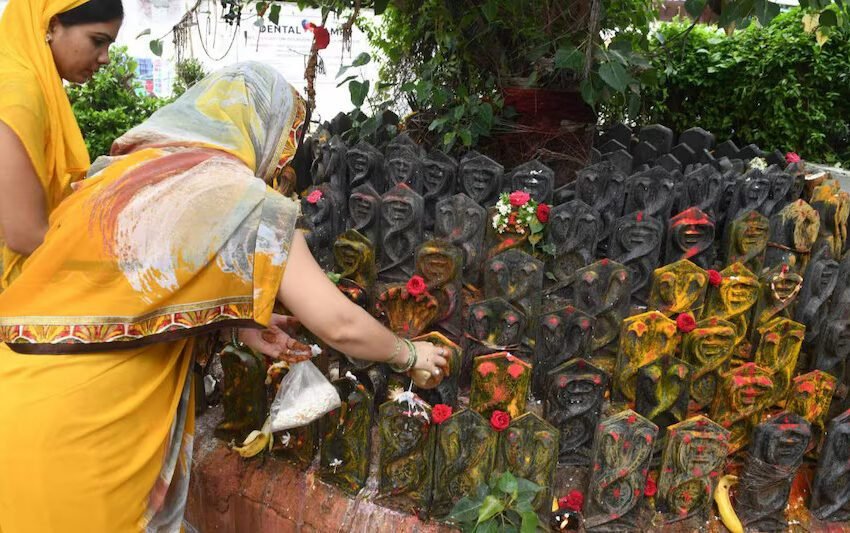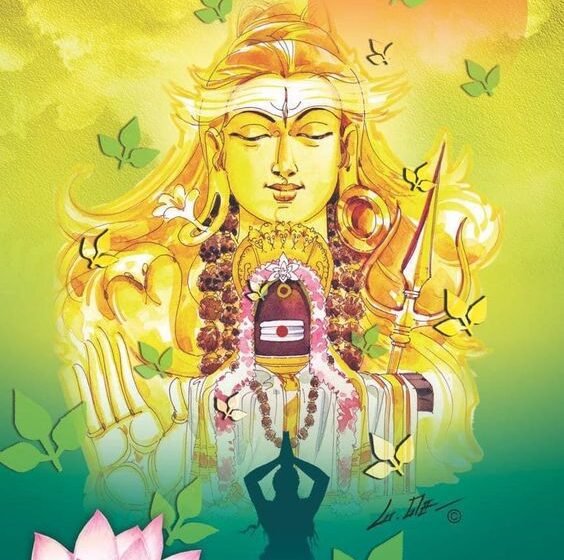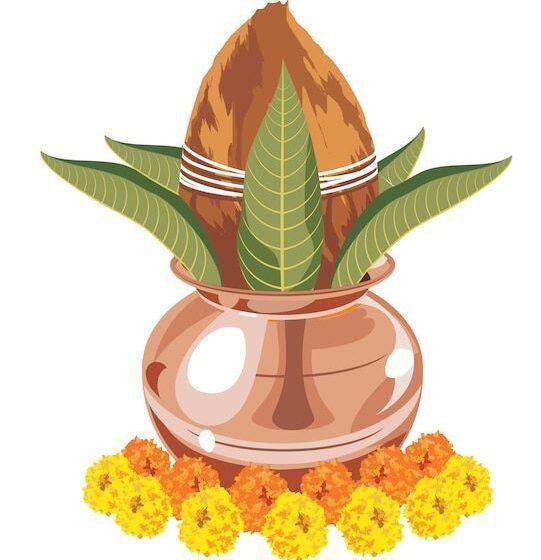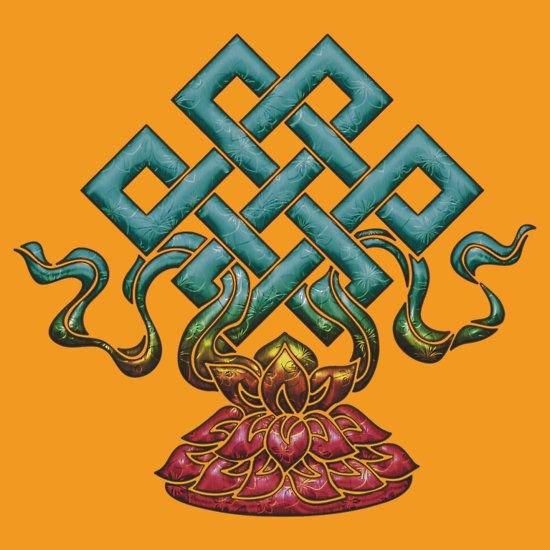India, often portrayed as the land of snake charmers and serpent worshippers, is steeped in centuries-old traditions surrounding serpents that go beyond mere exoticism. This cultural affinity, known as ophiolatry or snake worship, is not a relic of the past but a tradition woven into the spiritual and social fabric of India. This article delves […]Read More
Tags : Vedas
Divine Narratives and Spiritual Insights: Exploring the Linga Purana’s Teachings
Linga Puran The Linga Purana is one of the eighteen Mahapuranas dedicated primarily to Lord Shiva in his iconic form as the Linga. It is revered within Hindu tradition as a core Shaivite text, exploring the worship and symbolism of Shiva as the supreme deity. The text is foundational for those who follow Shaivism and […]Read More
We hear it all the time—yoga is good for you. It’s calming, it improves flexibility, it helps with mindfulness. But let’s be real, it’s become a buzzword, a global phenomenon that’s taken everything from fitness to wellness by storm. However, beneath all the trends and fancy yoga studios, yoga is deeply rooted in a rich, […]Read More
Kamala: The Lotus Goddess of Prosperity and Fertility
Goddess Kamala is the tenth and last Mahavidyas within Shaktism and Tantra tradition, a female oriented worship of the divine; wherein the Divine Feminine is believed to be the ultimate reality. Within the Tantra tradition, Kamala is believed to be a form of Lakhsmi, the goddess of prosperity and fertility. The word Kamala means lotus, […]Read More
Purna Kumbha literally translates into a full pot or a full pitcher. It is a brass pot or vessel filled with water, who’s mouth is decorated with mango leaves, coconut and flower offerings, and the body of the vessel sometimes has a metal carving of a goddess’s face or the symbol of the sun god […]Read More
Shrivatsa or Srivatsa is a Sanskrit word that means the beloved of Sri. It a triangular shape mark that is said to appear on the right side of Vishnu’s chest—one of the major Hindu deities and one of the three creator deity. The triangular mark, depicted as a looped knot or a set of interlocking […]Read More





